Maryland Coastal Bays Report Card 2016
Bill Dennison ·The 2016 report card for the Maryland Coastal Bays was released on December 16th, 2017, at the Ocean City Marlin Club. The report card release was combined with the annual Gold Star Awards banquet. This event was scheduled a little later than usual due to some data processing holdups. In addition, aerial surveys of seagrasses could not be conducted in the summer of 2016 due to bad weather conditions. Fortunately, aerial surveys were conducted in the summer of 2017, so next year’s report card will be better informed as well as more timely. Regardless of the delay, the messages we can infer from the report card remain highly relevant.
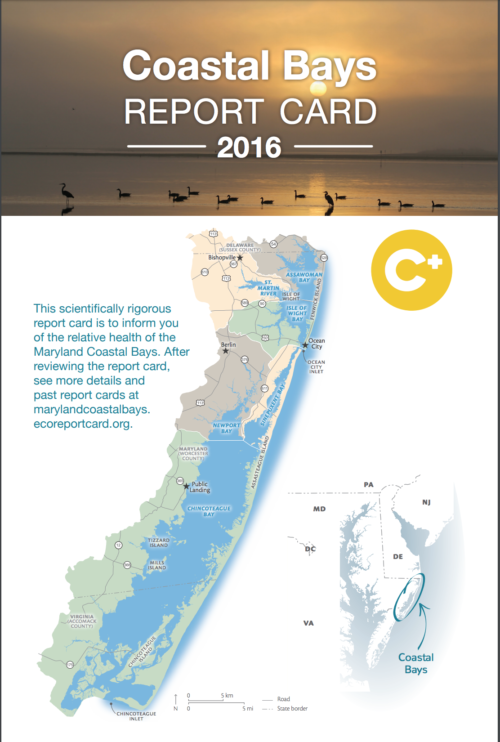
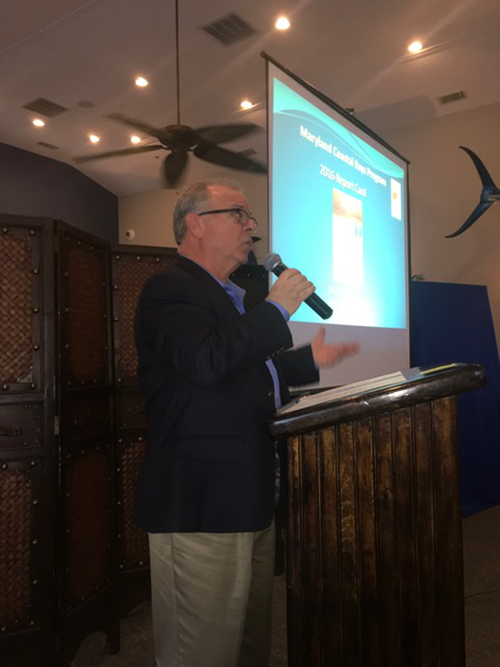
My remarks were the following:
The overall grade for the Maryland Coastal Bays was C+ overall, same as last year. Assawoman Bay and Isle of Wight grades are up from a C in 2015 to a C+ in 2016, but all other grades remained the same. These grade changes were due to slight improvements in scores in these reporting regions. There was a simultaneous slight decrease in scores in Chincoteague Bay that did not trigger grade changes. In conclusion, any gains we observed north of Ocean City inlet were again offset by losses south of the inlet.
In contrast, Chesapeake Bay report card scores have been steadily improving. After decades of degradation, these improvements in Chesapeake Bay have occurred through concerted efforts to upgrade sewage treatment facilities, upgrade air quality with automobile catalytic converters and power plant smokestake scrubbers, and expand winter cover crops to reduce agricultural runoff. Sadly, we are not seeing similar improvements in Chincoteague Bay.
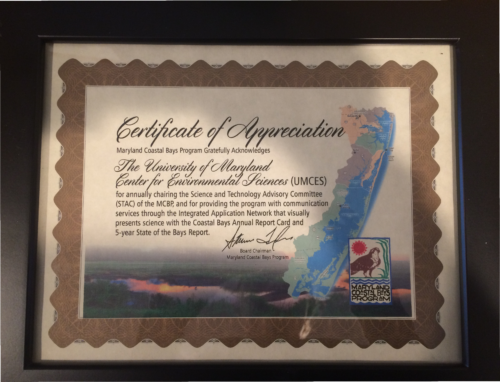
The ongoing water quality challenges in Chincoteague Bay were highlighted in last year’s State of the Bays report. In this report, three nutrient sources that contribute to degradation of Chincoteague Bay have been identified:
- Leachate from several thousand Chincoteague Island septic systems due to lack of sewage treatment facilities on the island
- Agricultural runoff into the streams feeding into the western shore of Chincoteague Bay
- Potential entrainment of contaminated oceanic water through Ocean City inlet. Two oceanic sampling cruises have identified contaminated water from the offshore plume of Ocean City sewage discharge. A new comprehensive sampling program sponsored by Assateague National Seashore has been recently initiated to fully assess the contribution of this nutrient source.
A major symptom of nutrient pollution in the Coastal Bays is the decline in seagrasses, mostly due to the expansion of macroalgae. Macroalgae proliferates in high nutrient conditions and shades out the rooted seagrasses. You can see the macroalgae expansion featured in this year’s report card.
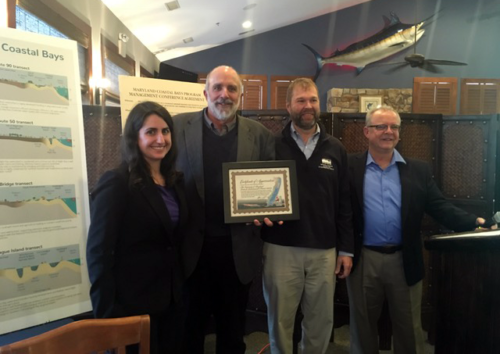
Another symptom of nutrient pollution is the decline in dissolved oxygen. Unlike the low oxygen bottom waters (often referred to as the dead zone) in the deep waters of Chesapeake Bay, the Coastal Bays have been experiencing reduced oxygen in shallow water. This low dissolved oxygen in the Coastal Bays is due to shifts in the balance between photosynthesis which produces oxygen and respiration which consumes oxygen. This balance has been shifting toward respiration, which is a troubling sign.
We can see from the progress we are finally making in Chesapeake Bay that we should not despair when we see these problems in the Coastal Bays. We can and will reverse this degradation. It will take a substantial effort on multiple fronts to reverse this degradation, but I remain convinced that we are up to the challenge.
I would like to acknowledge the strong partnership that we have forged between UMCES, Maryland DNR, National Park Service, and the Maryland Coastal Bays Program which supports high quality monitoring, data analysis and synthesis, along with targeted research to address management concerns. It certainly says something to me when the Maryland Secretary of Environment, Mark Belton, chose to forgo a Chesapeake Bay Cabinet meeting to be here with us today.
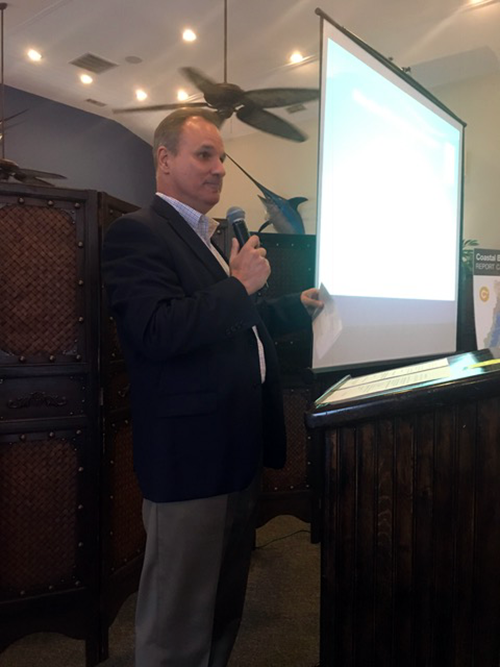
I applaud the Maryland Coastal Bays Program for their continued leadership in identifying and communicating the important issues in the Coastal Bays, working with a variety of stakeholders on developing solutions.
I implore our civic leaders to continue to work to reduce the sources of nutrient pollution that have been identified so that the Maryland Coastal Bays can once again be a stunning jewel in the tiara of Maryland waterways.
Finally, I thank all of you for your continued support of this collective effort to improve our precious Coastal Bays.
About the author
Bill Dennison

Dr. Bill Dennison is a Professor of Marine Science and Vice President for Science Application at the University of Maryland Center for Environmental Science.

